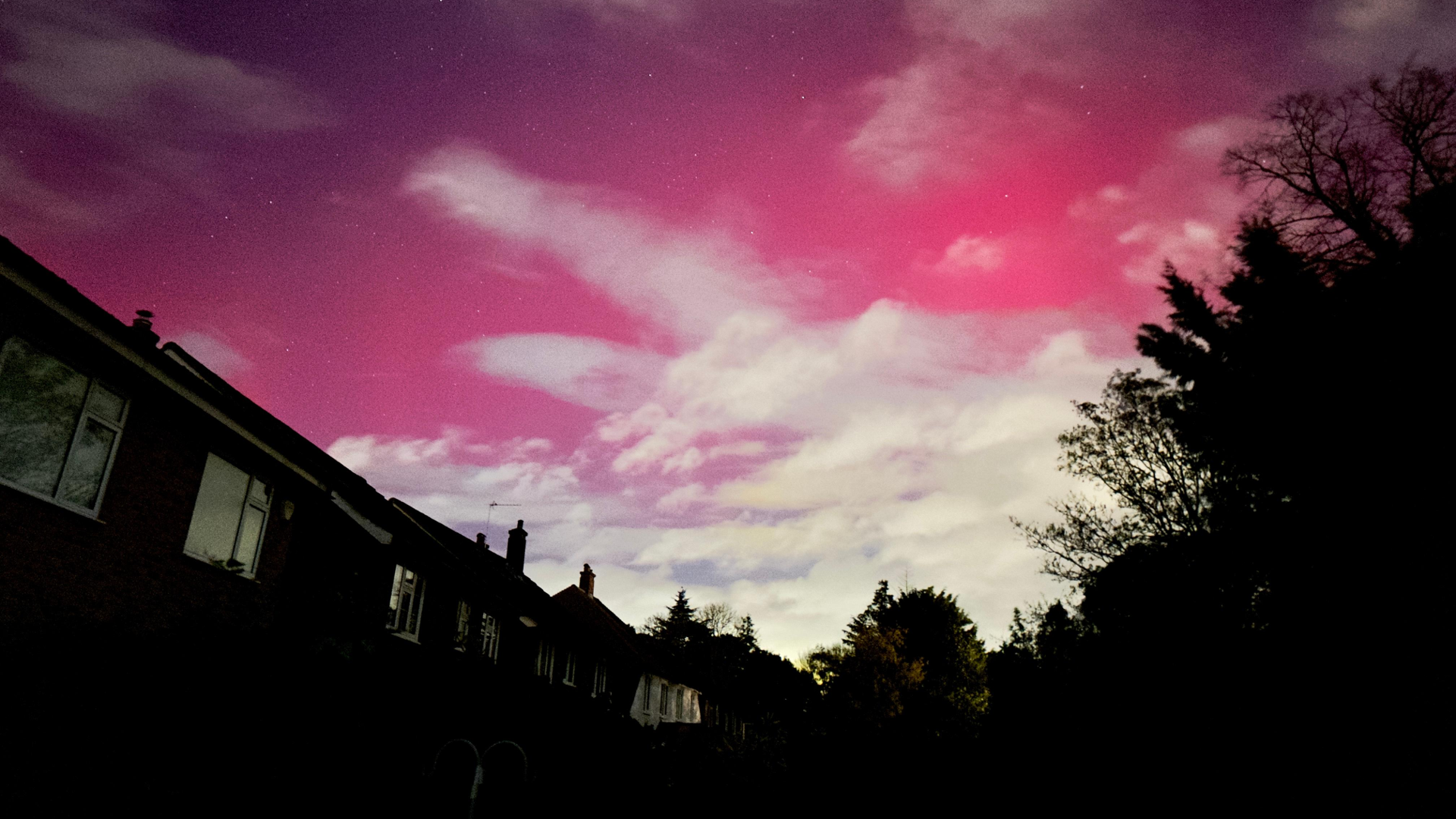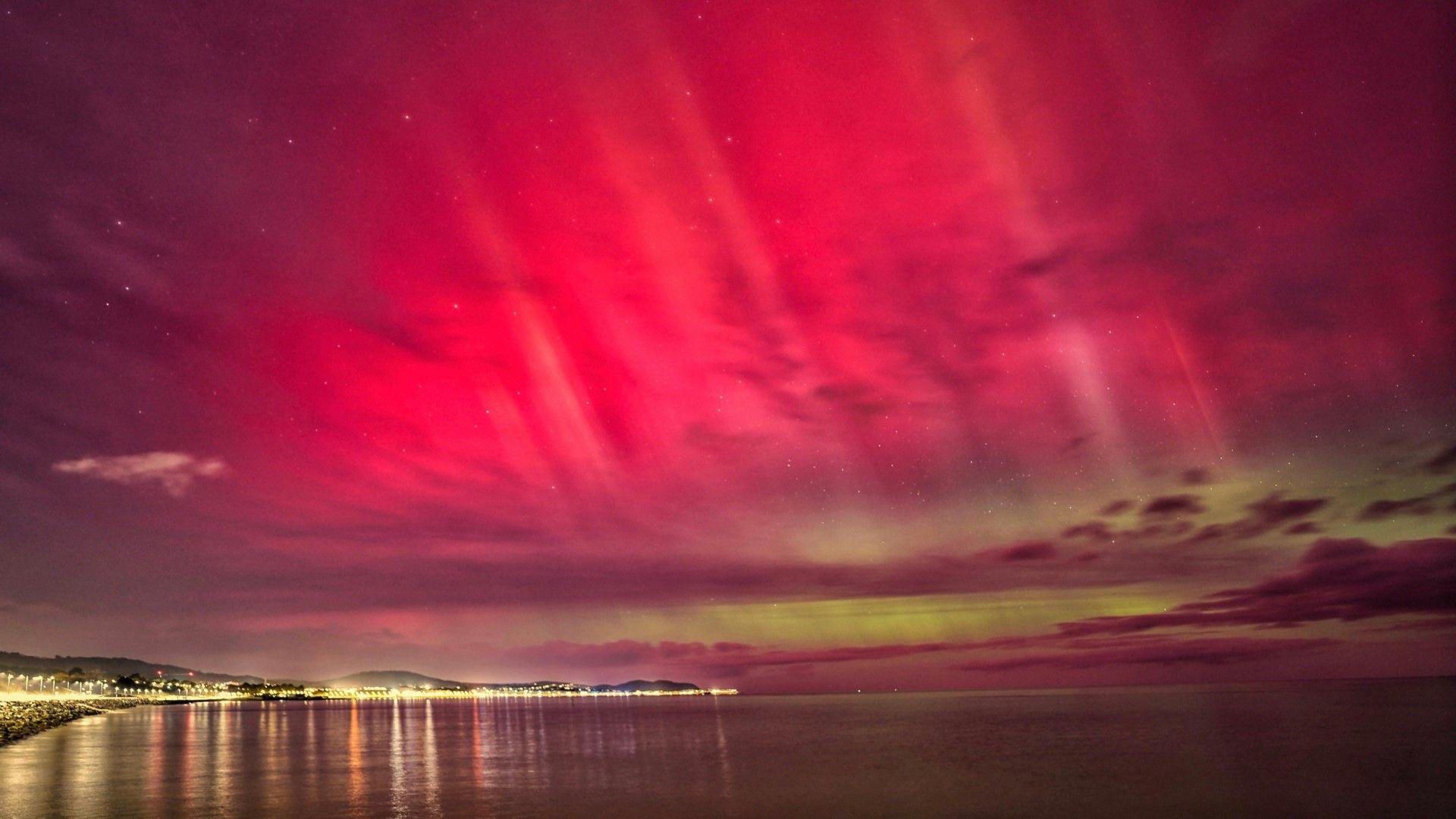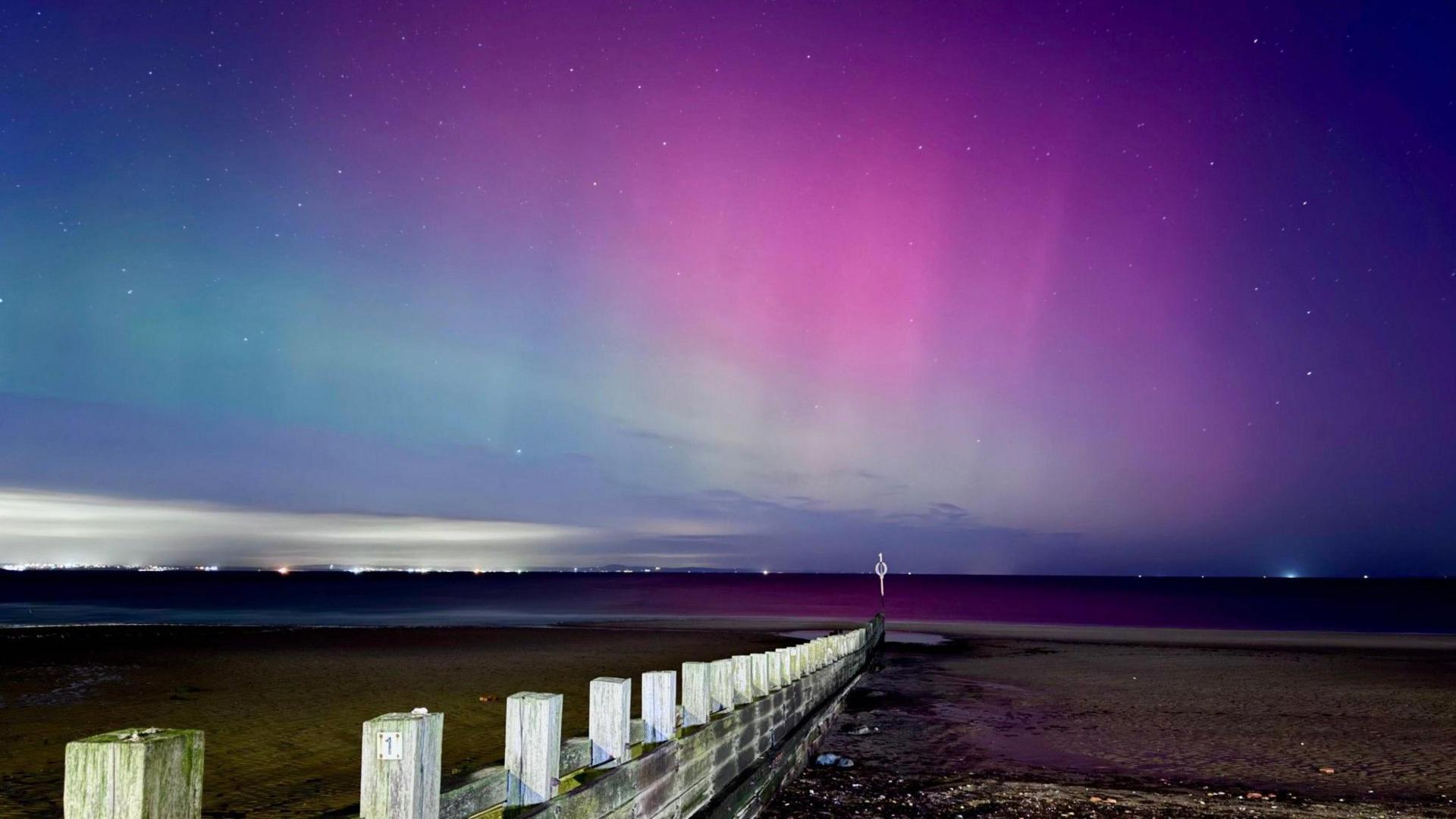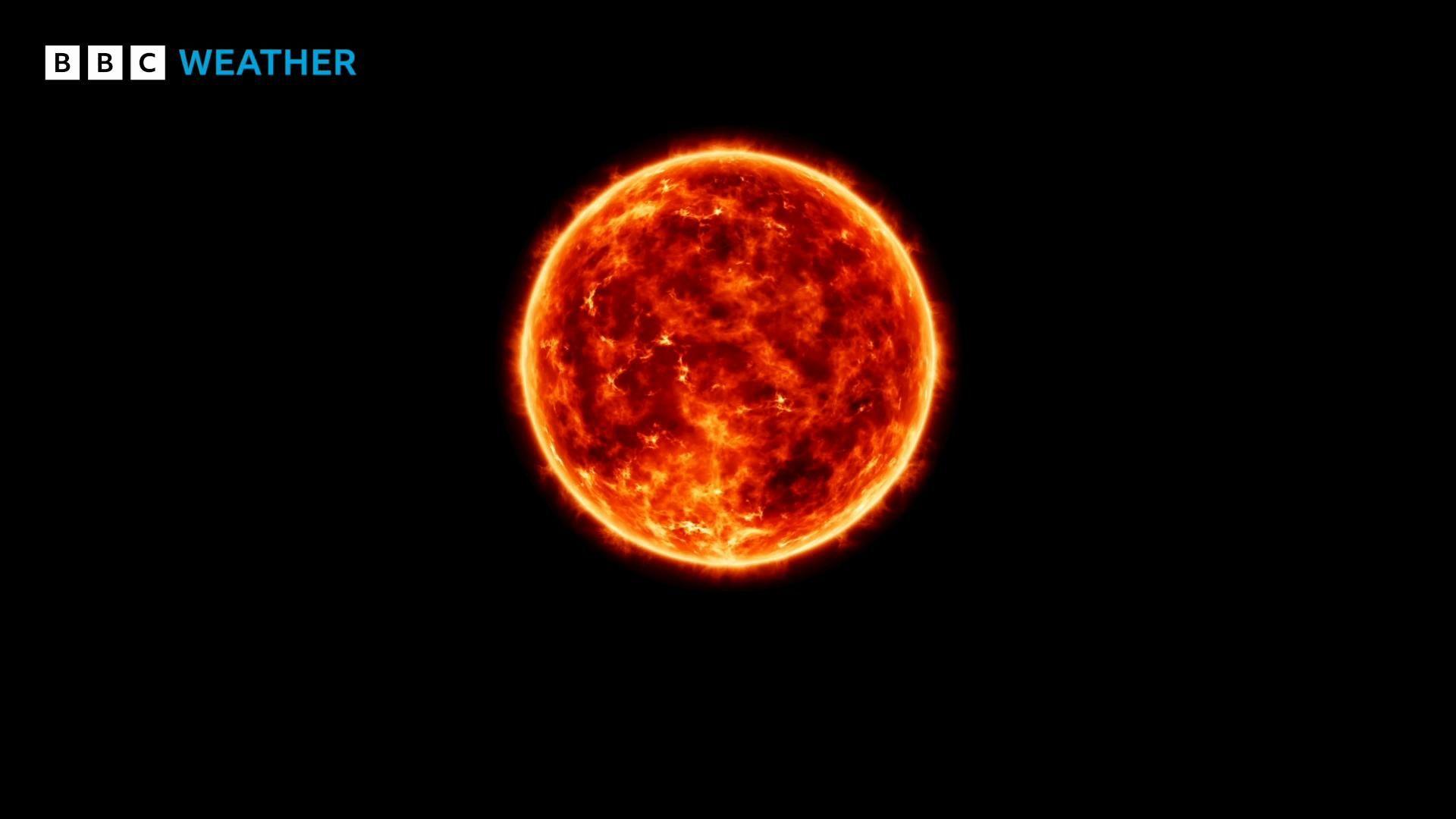 BBC WEATHER WATCHERS/David e
BBC WEATHER WATCHERS/David e-
11 November 2025
Skygazers were treated to a rare display of Northern Lights overnight and there is a good chance of seeing them again on Wednesday evening and night.
That is because the Sun is going through an active phase experiencing a number of eruptions, called Coronal Mass Ejections. These send solar particles towards the Earth.
It is the interaction of these particles with the Earth’s atmosphere that create the stunning light displays we see in the night sky.
According to the UK Met Office Space Weather forecast, the best chance of seeing the Northern Lights or aurora will be across the northern half of the UK. But there is also a chance in clear skies further south.
-
How you can see and photograph the Northern Lights
-
13 September
-
What is a geomagnetic storm?
-
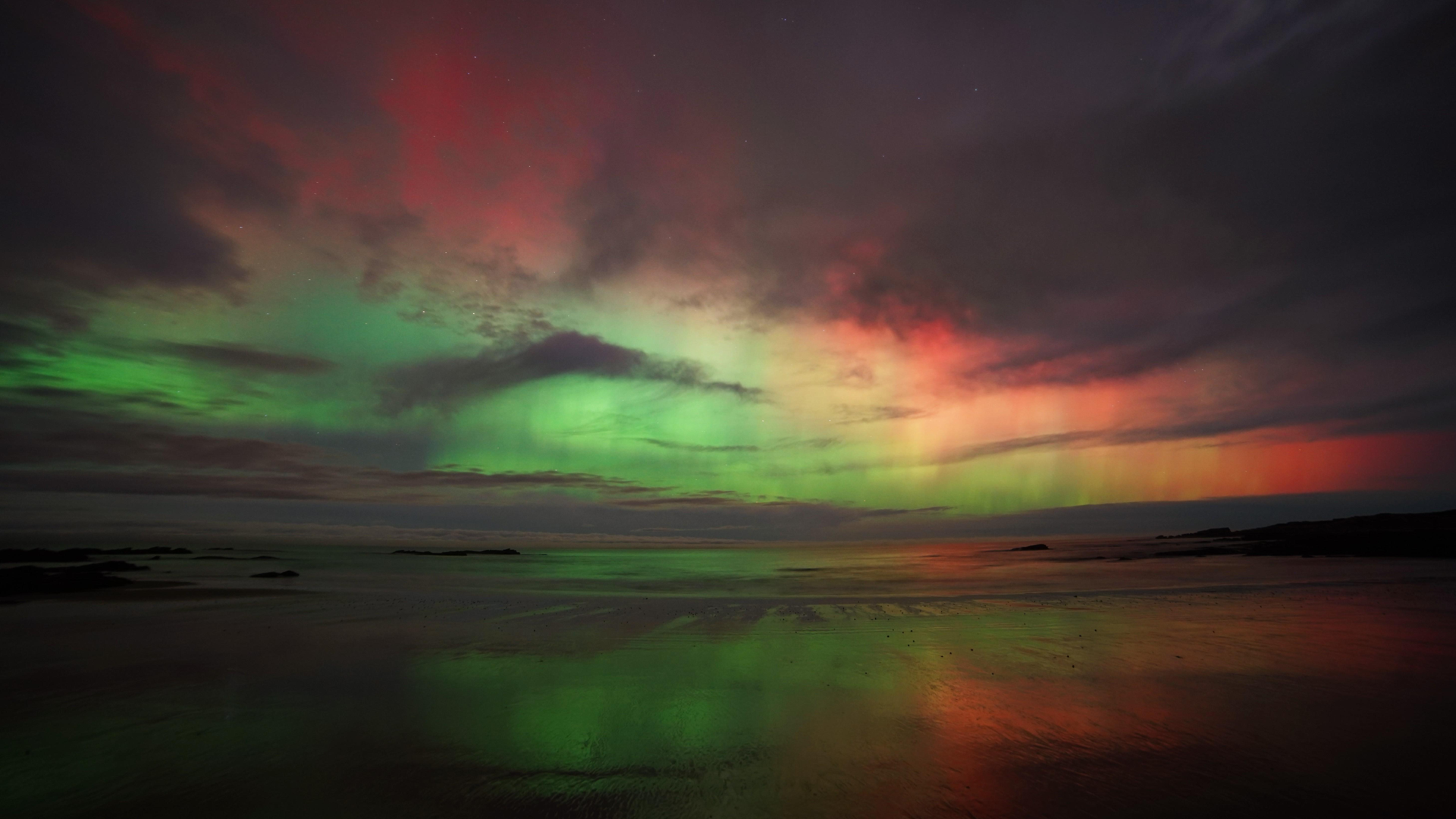
BBC WEATHERWATCHERS/Colin Conti
1 of 5
Geomagnetic storms are disturbances in the Earth’s magnetic field that last minutes or hours and are caused by Coronal Mass Ejections (CMEs) and solar flares.
It has been reported that there are three CMEs heading towards Earth from the Sun.
The National Oceanographic Atmospheric Administration (NOAA), who measure the strength of these storms, say that there is chance of a Strong G3 or even Severe G4 geomagnetic storm being triggered especially on Wednesday into Thursday.
Although dangerous for astronauts, geomagnetic storms are not harmful to humans as Earth’s atmosphere protects us from the radiation.
However, these storms can sometimes disrupt satellites and also different forms of electronic devices, such as phones.
For example, in 2017 two massive solar flares fired out from the surface of the Sun disrupted devices such as GPS navigation systems on Earth.
And the Victorians also struggled with the effect of space weather in 1859 when a huge solar eruption caused a geomagnetic storm that interfered with railway signalling and telegraph lines. This was known as the Carrington Event.
The KP index is an alternative measure of geomagnetic activity extending from KP1 to KP9. It can be be used to denote the southern extent of the aurora. This storm is classed as a rare KP8. This means the aurora could be visible across many parts of the UK including the south in the nights to come.
There may be effects on power grids and satellite navigation.
Clear skies for the aurora?
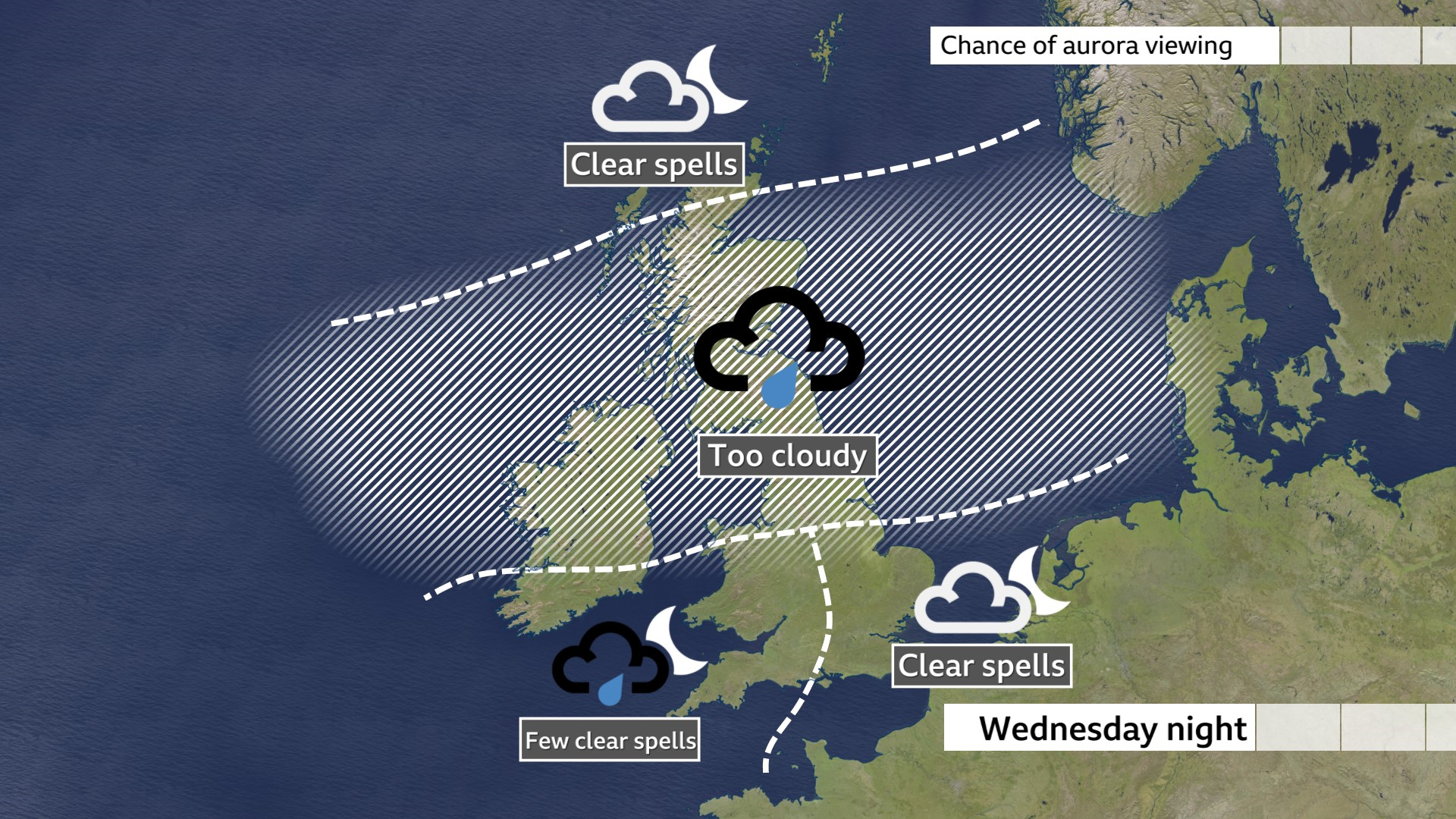 BBC Weather
BBC WeatherTo see the aurora find a dark spot with minimal light pollution and a good view of the northern horizon. The aurora is sometimes more clearly viewed through a camera lens.
You will also need clear skies. So what is in the forecast?
On Tuesday night there will always be the risk of some cloud around but clear skies should develop in southern and north-eastern Scotland as a weather front clears southwards. Northern England and Northern Ireland will also see some clear skies in the second half of the night.
There could also be some clearer spells developing across Wales, the Midlands and perhaps south-west England later in the night.
We are less likely to see clear skies overnight on Wednesday although there could be some early on for East Anglia and later for northern Scotland.
If you are not lucky enough to catch the Aurora Borealis this time, keep an eye out for further alerts here at BBC Weather.
-
-
7 January

-
Disclaimer : This story is auto aggregated by a computer programme and has not been created or edited by DOWNTHENEWS. Publisher: BBC


